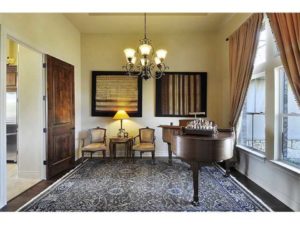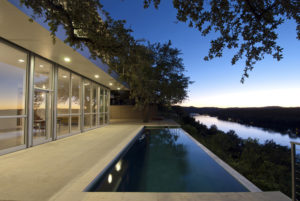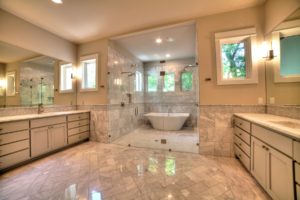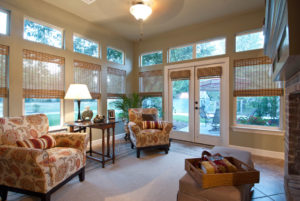It’s an exciting time when beginning to conjure up ideas while picturing your new custom home. However, before getting things finalized the question of design inevitably comes to play. Of course, there are a myriad of styles to choose from, but where to begin?
Perhaps you’re seeking a style with a bit more gravitas, class, something that shows a finer appreciation in details. If that’s the case, traditional style may be for you, going for classic furniture pieces, symmetrical arrangements, and rich color schemes.
Maybe that style feels antiquated; it isn’t your cup of tea, as they say. Ah yes, an elegant, modern look will be more suitable given the neutral color palette, clean accents, minimalistic design, and sleek décor.
But, after further consideration, why settle for one or the other? You are building a custom home; the power of choice is still yours after all! Well fear not, for there is indeed a happy marriage between these two styles, and thus we present the transitional style
Transitional Style has come to be a very popular trend in the greater Austin area, and for very good reasons! It blends elements of traditional and contemporary such as incorporating chrome and glass to more ornate designs. It is, in essence, combining the concept of curves and lines. Because of this type of style combination, it allows a great deal of flexibility in design, and flexibility is your friend when dealing with customization.
In transitional design, there tends to be a lack of color in order to create a simple and clean atmosphere. However, to keep things interesting some depth can be created with some earth tones to compliment the ‘vanilla’ look.
When working with accessories, a minimalistic approach is taken. An example would be having a floral center piece on a very sleek vase. You could also work with chrome, black, silver, among some earth tone accents as well.
Because there tends to be a lack of any strong colors with a transitional style, it lends the ability for a room to incorporate interesting textures for furniture such as suede, pliable leathers, or nubby chenille.
A defining trait of transitional style is combining practicality and design; furniture tends to meet a happy medium between simplicity and sophistication. This also allows the ability to borrow a few ideas from other styles as well. Again, flexibility is a wonderful friend.
The concept of transitional style is essentially the “goldilocks” of designs, not too formal or too casual. In the end it leaves the house feeling fresh, clean, and tranquil.





